Back again, after almost a week at OIST. It was very productive, despite a few unexpected issues¹. As good as teleconference systems have become, face-to-face meetings really are more effective. There is a lot of value in being able to just walk down the hall for a quick question or two.
When I arrived I had a few hours in Naha before catching the bus to Onna village and OIST. And as luck would have it the weather was was a sunny, balmy 25°, so I took a walk through Naha, had ice cream and just enjoyed the rare December summer day.
Naha, and Okinawa, feel distinctly different from the rest of Japan. The climate is near-tropical, and the architecture and plant life all reflect that
As I walked down Kokusai street, ice cream in hand, I happened upon this gentleman lounging on a bench and enjoying the pleasant weather.
恩納村 — Onna "village" — is really a long, narrow region along the north-western coast of Okinawa island, and has several villages and settlements of various sizes. OIST itself sits on a hill-top overlooking the sea near Tancha. It's all pretty rural, with plenty of resort hotels but not a single business hotel in the area. The bus from Naha takes only a little over an hour, and costs about 1300 yen; not much different from my everyday commute in fact. The schedule is a little infrequent for commuting, though.
Okinawan grave, cut into the hillside. One aspect of Okinawan culture that is very different from mainland Japan.
A residential house in Tancha. The place gets really dark — at least compared to Osaka. On the positive side, you can actually see the stars on clear nights.
OIST has been around for some years by now, but the actual campus is still under construction. The architects seem to have made the most of the location, with buildings almost hanging over the hill-sides and with sweeping sea views from most offices and labs. it feels like you're perched on the edge of a towering cliff, even though it's actually on top of a gentle slope.
The stairwell and open hall at our department. Offices to the left, robot lab straight ahead. The wet labs are in another part of the building. Everything is quite open and spacious.
The open elevator shaft at the entrance to OIST. Most of the cost of building a place like this is used for things like infrastructure, load-bearing structures and so on. Good, bold design doesn't really add much to the total bill.
Tourism is strongly seasonal here. The normal high season is summer of course. During the current low season many schools take advantage of the low hotel rates, so the airports are packed with grade and high school students going on school trips. And around February there's apparently a surge of graduating high-school and university students looking for some fun before they leave school.
A horde of school students in uniform at Naha airport, all milling about and making noise as adolescents are wont to do. The airport was completely filled with them, as was Kansai airport when I was leaving for Okinawa. Low group fares and plenty of available rooms make this season a perfect time for school trips.
But Okinawa is not just sun and bathing. Many people enjoy Okinawan food, with its own dishes and ingredients. It tends to be heavier on meat — pork, especially — than mainland Japanese food, and often with the signature goya vegetable. Ever since the end of the world war, canned pork in the form of US Spam or Danish Tulip, has also become a common ingredient.
Shige is a steak house just around the corner from Kafuu resort. Tasty and inexpensive, and the owner seems a nice guy. Meat, especially pork, seems much more common in Okinawa than in Japan in general. The green ring on the left is a slice of goya, by the way.
Another Okinawan speciality is spam and eggs onigiri. I find the structure really interesting: with a normal onigiri you usually have the filling in the center of a closed rice ball, with the nori wrapped outside. Here the rice has been spread onto the nori, then folded like a Mexican taco or kuwapao around the spam slice and fried egg. Really a great way to make it.
#1 Pro-tip: if you plan to use a certain system, do check ahead of time that the system will actually be available for use.

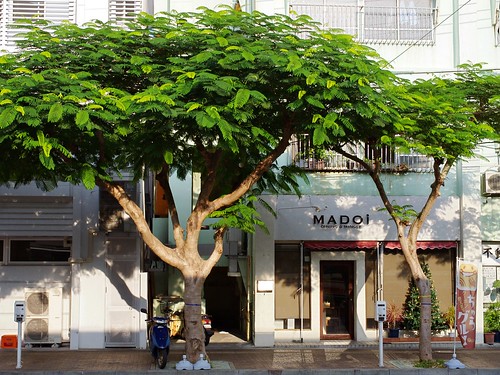
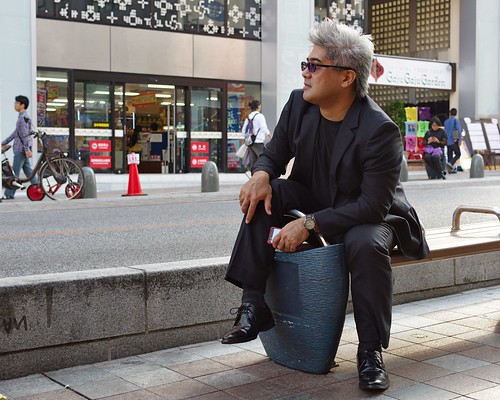
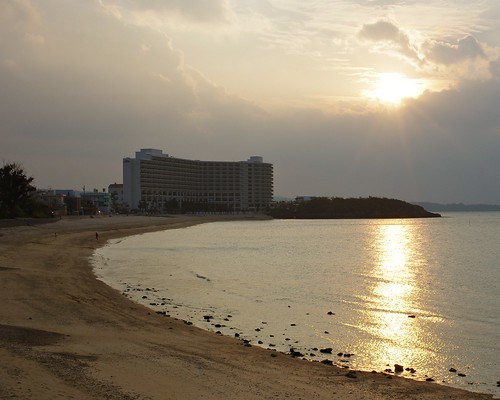
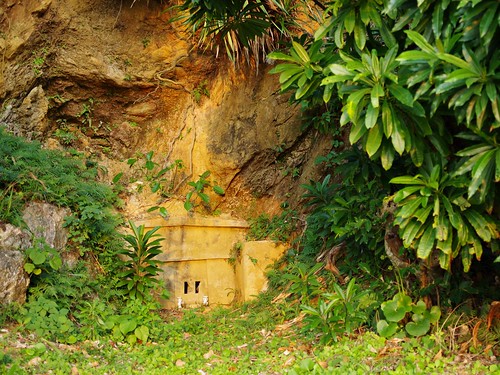
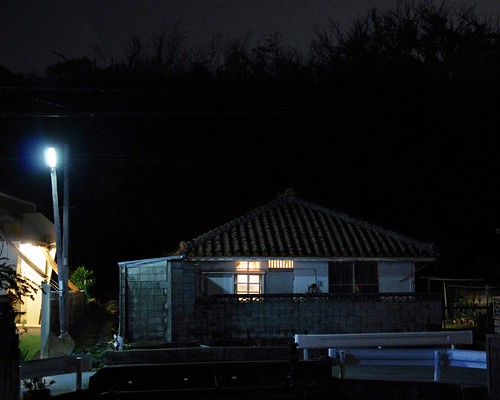
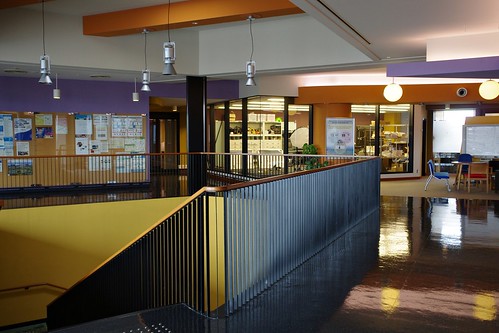


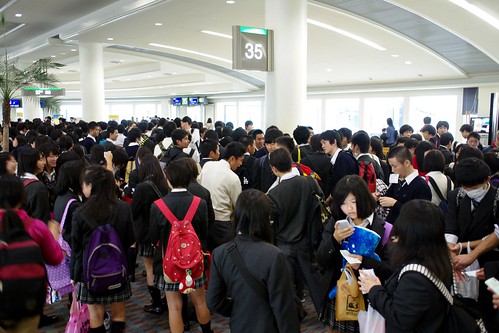
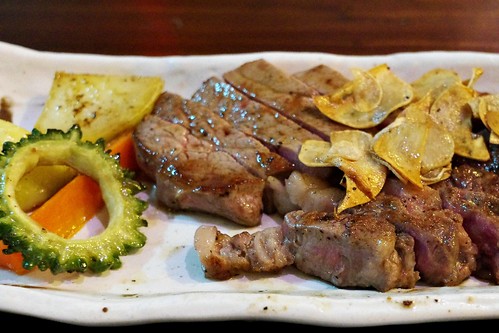
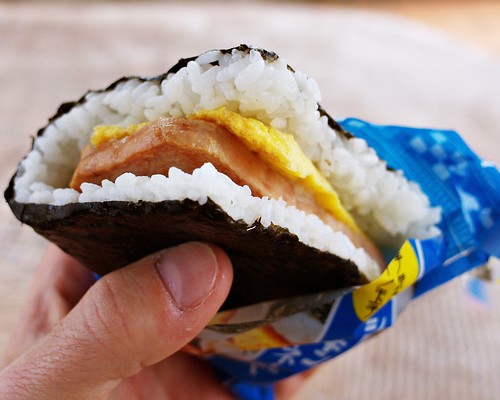
No comments:
Post a Comment
Comment away. Be nice. I no longer allow anonymous posts to reduce the spam.